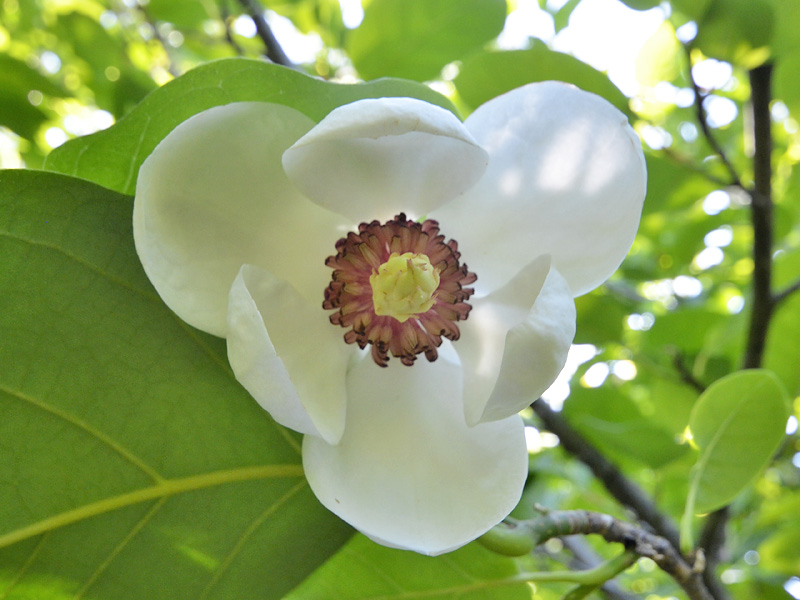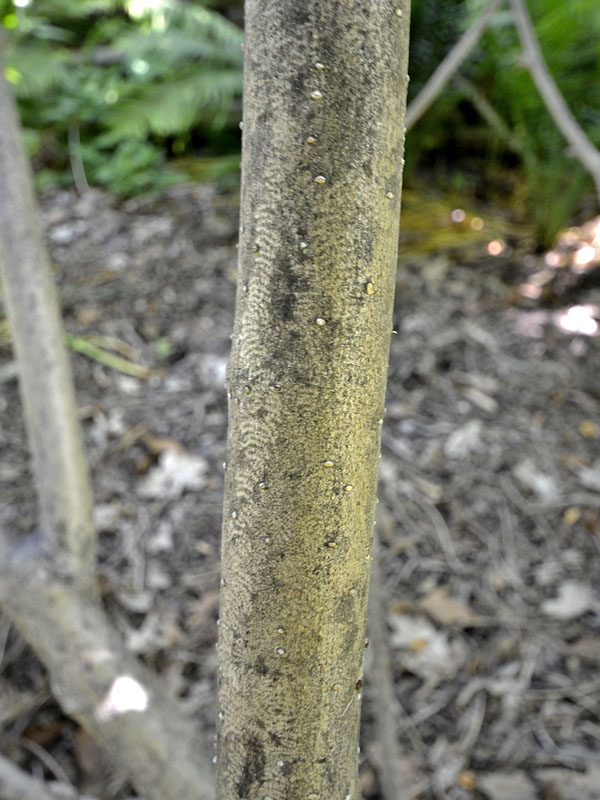Michael's Opinion
My personal favourite, flowering over quite a long period of time the emerging flower buds resemble small quail eggs. It is not overtly showy when in bloom but a Magnolia for the true connoisseur as the 'beauty is to behold' in individual blooms rather than the flowering masses.
Botanical Information
| Family | Magnoliaceae |
| Genus | Magnolia |
| Species | sieboldii |
| Category | Woody |
| Type | Tree (deciduous), Shrub (deciduous) |
| Origin | The genus Magnolia is named after Pierre Magnol, a French botanist who lived from 1638 to 1715. Native to eastern Asia: China, Japan, and Korea. |
Description and Growing Information
| Cultivation | Grows in organically rich, moist soil in partial shade. |
| Pests | No serious insect or disease problems. |
| Notable Specimens | The A.M. Cuddy Gardens, Strathroy, Ontario, Canada. |
| Leaf Description | Broad elliptic to oblong green leaves turn golden yellow in fall. |
| Flower Description | Nodding fragrant white flowers with crimson stamens. |
| Fruit Description | Showy pink oval fruits which split open in fall to reveal orange to red seeds. |

